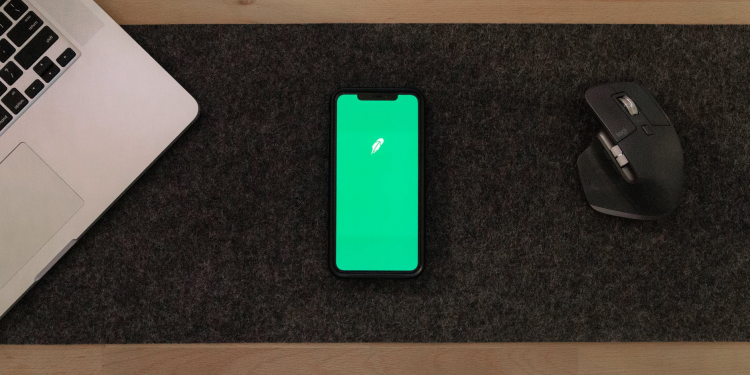The desire to be able to create mobile applications without having to write code has existed since the early days of app development. Business owners, especially, have always hoped to build apps they can benefit from without having to learn how to write code.
Creating an app is an excellent way to begin engaging your website visitors on their mobile phones, which can help boost traffic and enable users to spend more time on your page thanks to an improved mobile user experience.
Luckily, nowadays, you don’t have to be a programming expert or have experience in building an app to develop one that your audience will enjoy. There are numerous resources and tools available to help you turn your idea into reality. You can have a significant amount of input to ensure that the outcome is exactly what you hoped for.
In this post, we share our essential guide on how to build an app without writing a single line of code.
Select a No-Code App Builder and Template
The first thing you should do is to find a powerful and easy-to-use app maker to design and develop your app from scratch. Usually, such platforms let you start with some type of template which is much easier than starting from a blank screen.
Although every app creator offers the same functions and features, some are unquestionably better than others. As a result, when picking out the right no-code platform you need to narrow down your options by price and see which one fits your price range. So, make sure you have set a budget before you begin this process.
Free trials are the best way to see if you’re good with using the app builder before committing to a subscription. Also, you can see if they provide case studies, read customer reviews, or check other apps created using the same platform. Sometimes, there’s a possibility to download apps built using the same platform as a way to test their performance. If they’re crashing or problematic, it could be a red flag.
Choose the Pricing Plan That Best Suits Your Needs

The moment you select a platform, you’ll probably have different plan options to consider. Don’t rush it and look at what features are offered at each price point.
If you want to build multiple apps, you’ll most likely need a more expensive plan than if you only want to build one. Another factor to consider when you are in the process of evaluating plans is whether you want to make the app available on all mobile devices or just smartphones.
Design Your App with Custom Branding
As we mentioned earlier, a template is the first step towards creating your design. The next step is to customize the colors and add your brand’s logo. Use an editor and everything you see and change there will directly be adjusted in real-time to the interactive app on the screen.
During this stage, you can receive a preview link that will allow you to see how your app looks on a mobile device.
The last step in the branding process is uploading your app icon which is the logo people will see when they open the app or search for it on Google Play or the App Store.
Publish Your App

Once you complete the design, add your content to each area of the app, and customize it with branding and features, you need to publish it. People will then be able to download the app to their phones.
Follow all steps to launch your app on the App Store, Google Play Store, or even both. There are certain sections you must complete before going live as well as to confirm that you are not breaching any of the content warnings from either app store.
Afterward, fill in all details that will appear in your app store listing like app title, icon name, categories, keywords, and description. Before publishing the app, sign up for a Google and Apple Developers account which is required by everyone who wishes to publish an app on one of these platforms.
Final Thoughts
Anyone, regardless of their age, background, or technical expertise can use an app maker to turn an idea into a reality. What’s great about building an app without coding is that even coding wizards and business users use it as a cheaper and faster way to build an app.
Everyone from small company owners, entrepreneurs who are just starting a new business, eCommerce stores who’re looking to improve mobile commerce sales, to schools and universities that want a mobile solution for their students, are some of those who are known to use app development platforms to create a mobile app.




